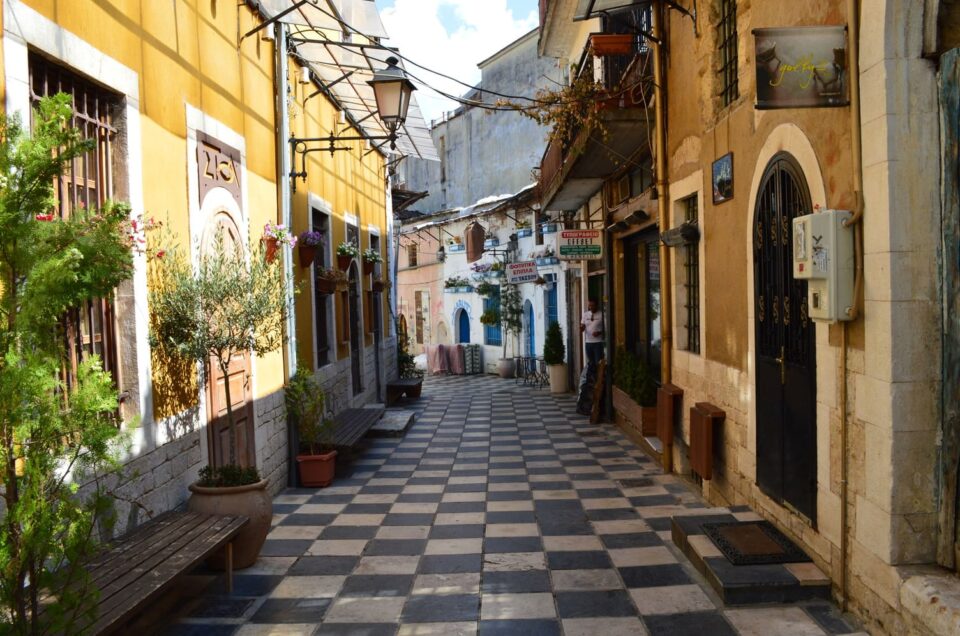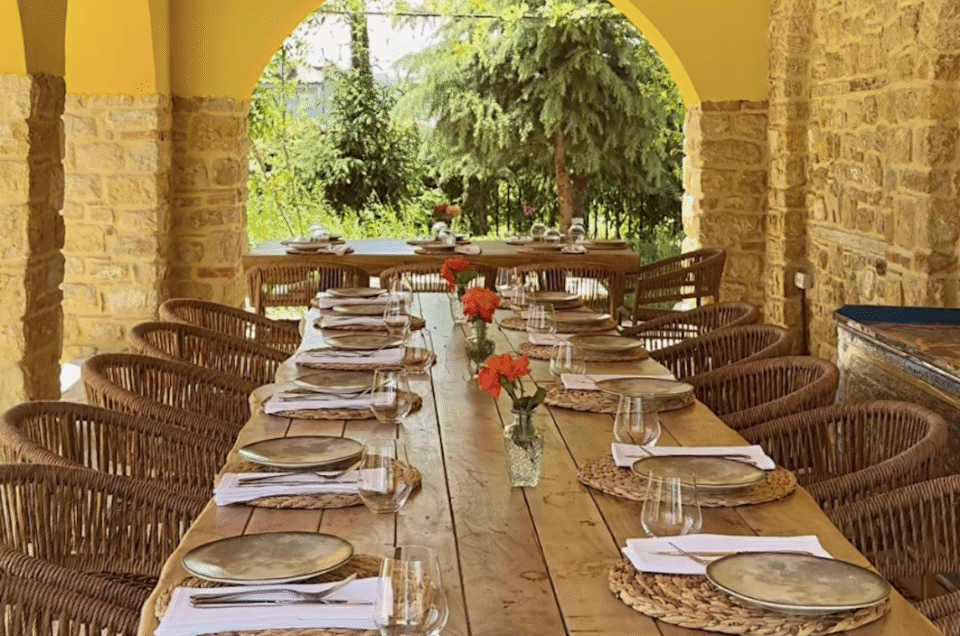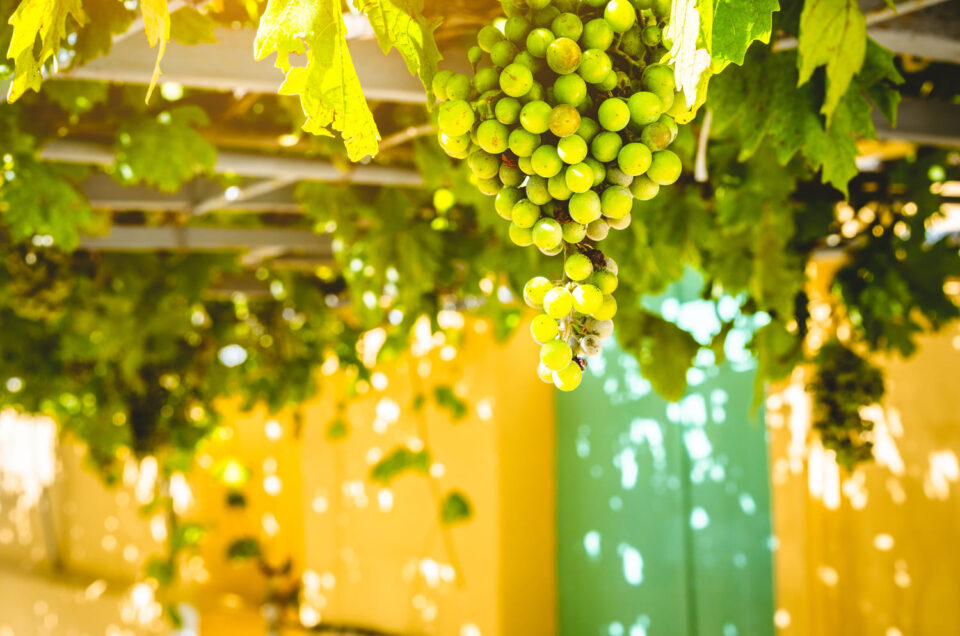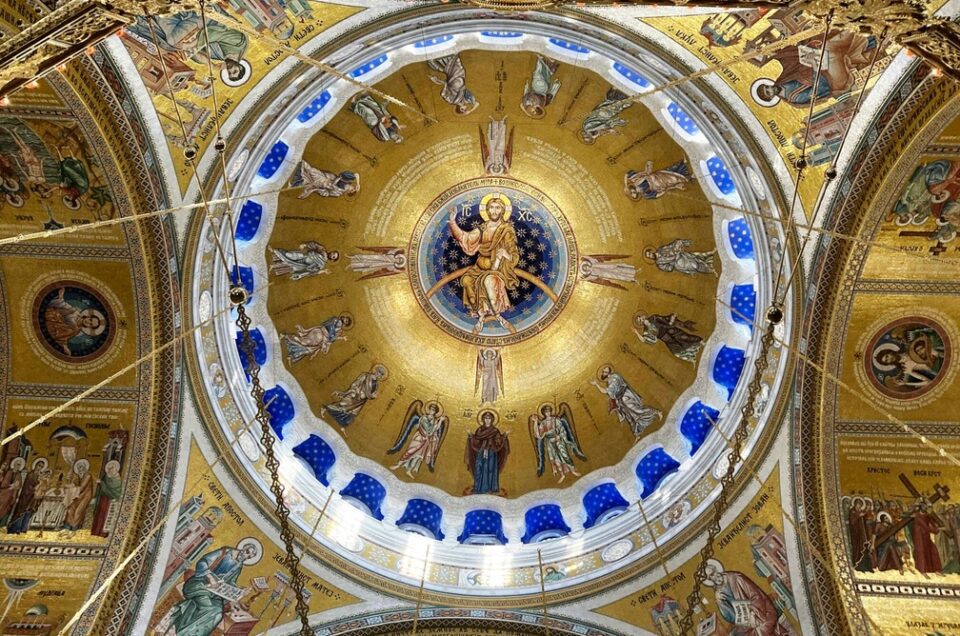
Travelling the Balkans reveals a true crossroads of culture, history, and nature…
One of Europe’s three great peninsulas, the region stretches from the Adriatic to the Black Sea, largely covered in forests, mountains, and some of Europe’s most biodiverse landscapes. Historically and culturally, the peninsula is heavily influenced by the Mediterranean, the Middle East and – in its northern parts – by Central Europe.
Geographically, the Balkans consist of 12 countries, fully or partially situated on the Balkan Peninsula: Albania, Bosnia and Herzegovina, Bulgaria, Croatia, Greece, Kosovo, Montenegro, North Macedonia, Romania, Serbia, Slovenia, Turkey. While their histories overlap, each country has its own language, character, culture, and idiosyncrasies.
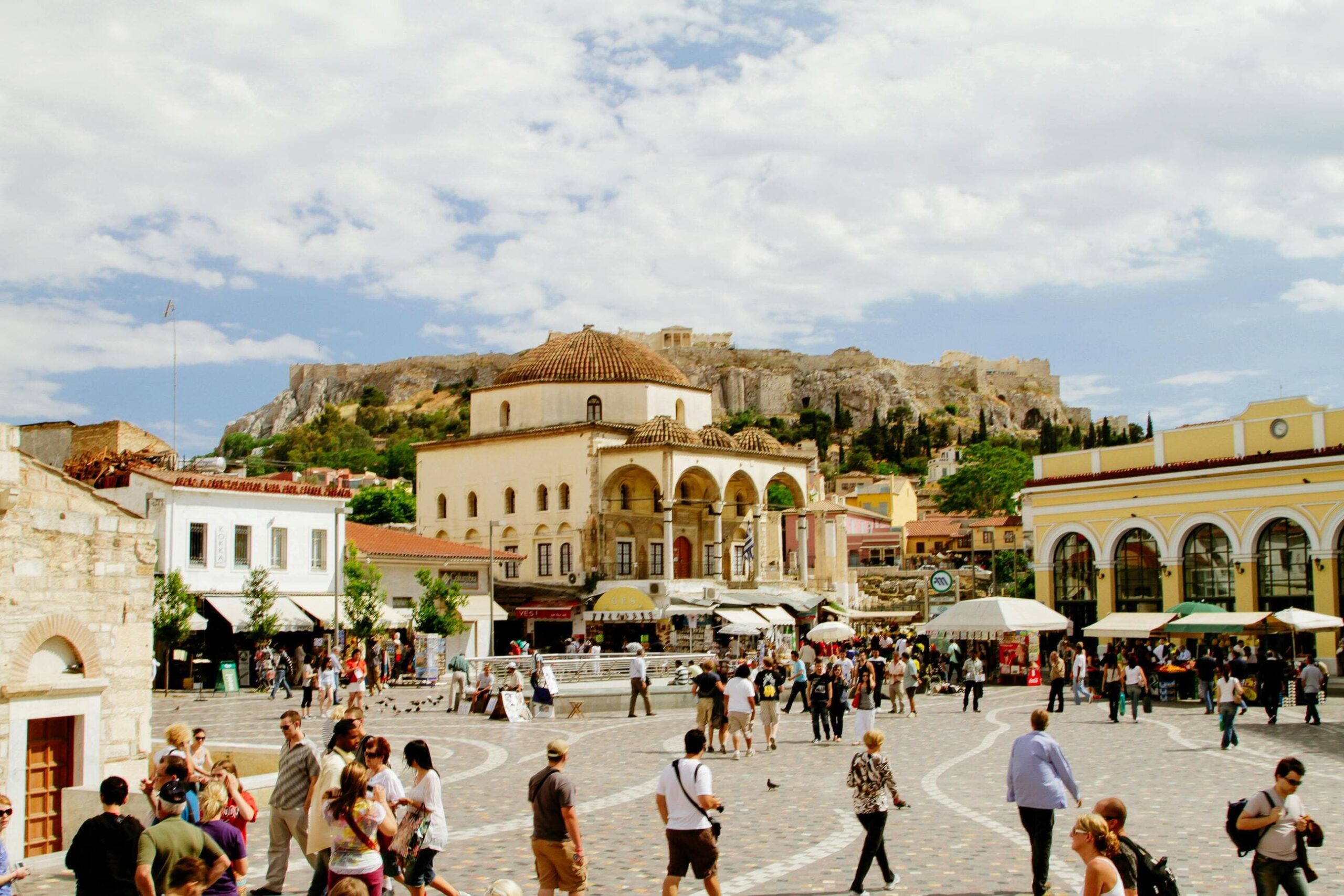
1. History and Cultural Heritage in the Balkans
Since ancient times, the Balkans have been a crossroad between Europe and Asia. We all know Greece as the cradle of European civilization, but even further back in time ancient tribes inhabited the region, including the civilization that created the first golden treasure in the world.
When the Western Roman Empire fell and Europe entered the Dark Ages, the Balkans thrived under the Eastern Roman Empire. This empire, also known as Byzantium, endured well into the 15th century. After the fall of Constantinople in 1453, many intellectuals fled the Byzantine lands, finding refuge in Italy, where they brought knowledge and culture that fueled the European Renaissance. Even as the Ottoman Empire expanded, the Balkans were never isolated.
Today, travelling the Balkans offers a journey through an extraordinary blend of cultural layers. Influences from Europe, the Mediterranean, and the Middle East create a heritage that few regions can rival.
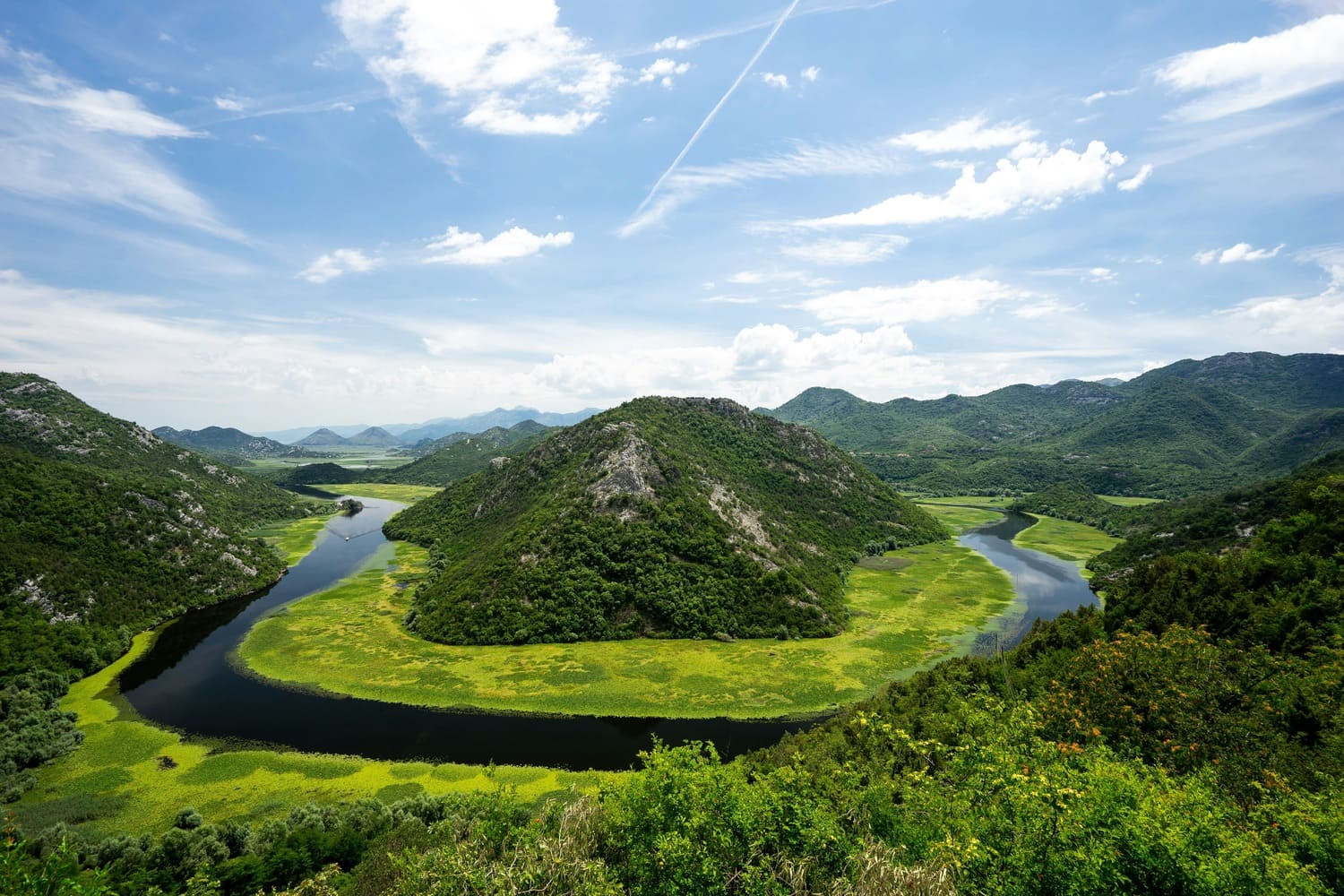
2. Breathtaking Landscapes and Biodiversity
The name “Balkan” means “a chain of forested mountains,” and the region truly lives up to this title. The Balkans are packed with unspoiled stretches of wilderness, dense forests, and some of Europe’s highest biodiversity.
Romania’s Carpathian Mountains have the largest wild population of brown bears in Europe, Bulgaria ranks second in Europe in bird species diversity and the whole region exhibits outstanding levels of endemism. Driving through the countryside is a feast for the eyes, offering breathtaking views of rolling hills, majestic mountains, flower fileds, or the sea horizons.
The Balkans are blessed with four distinct seasons, and each of them is a different experience!
While the region is beautiful all-year-round, from March through June, you can see the Balkans at their greenest, while September through November brings vibrant autumn colours and a more temperate climate.
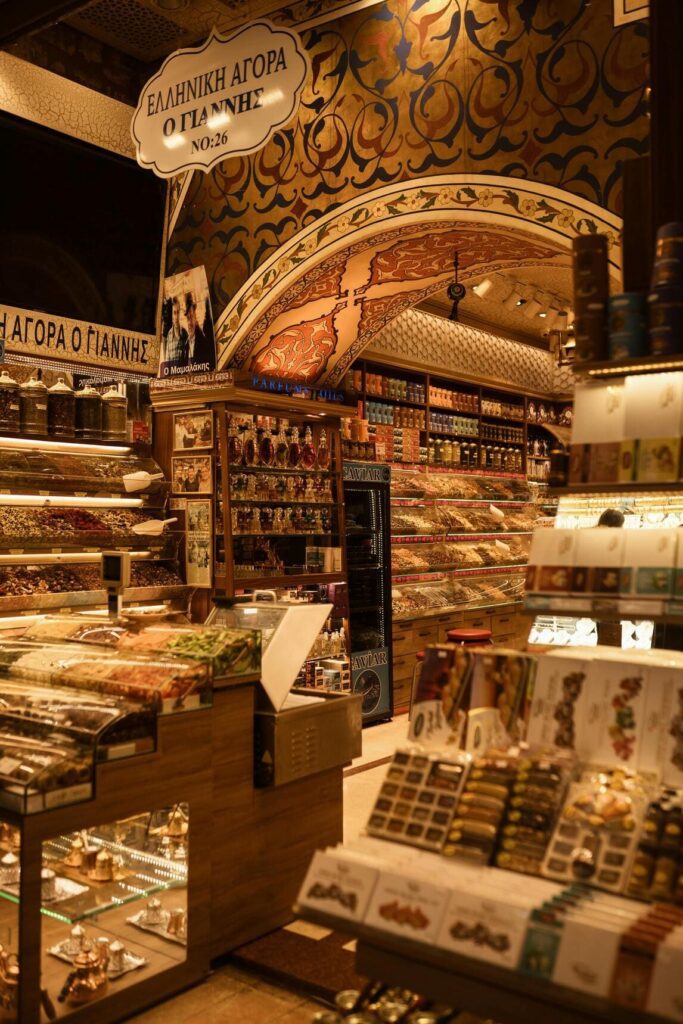

3. Balkan Food: a Delicious Fusion of Influences
Balkan cuisine reflects the region’s rich blend of cultures. When traveling the Balkans, you’ll notice how history and tradition shape the flavors.
From the Ottoman Empire come spices, kebabs, and sweet pastries like baklava. Meanwhile, the Mediterranean diet thrives in Greece, Albania, and Croatia, with olive oil, seafood, and fresh vegetables as staples. Further north, countries like Serbia and Romania reveal hints of Central European flavors, particularly in desserts and baked goods inspired by the Austro-Hungarian Empire. This mix of influences, combined with the region’s four-season climate, creates a cuisine that is both flavorful and unique.
Fresh ingredients are central to Balkan food culture. Many people still follow seasonal eating traditions, preparing dishes based on what’s available at different times of the year. Additionally, food in the Balkans has preserved its social function. Meals are often shared, and gatherings around the table remain a cherished ritual that brings family and friends together.

4. An Authentic Travel Experience
Most Balkan countries remain somewhat under the radar, offering a type of travel that feels personal and authentic. When traveling the Balkans, you’ll experience a sense of connection that’s hard to find elsewhere.
Hospitality here is warm and sincere. While locals may not always have the polished demeanor of highly touristy destinations, they welcome visitors with open hearts and genuine kindness.
Even in well-known places like Split and Dubrovnik in Croatia, you can still enjoy a more intimate experience. By visiting during the off-season, you can avoid the heavy summer crowds and see these cities in a quieter, more authentic way.
Across the region, guides and hosts are genuinely happy to share their culture, traditions, and stories, providing an experience where you feel welcomed as more than just another tourist.
DISCOVER OTHER STORIES...
In a world where tourism has turned iconic landmarks into crowded hotspots, the true beauty of...
Discover Albania's best farm-to-table experiences where local ingredients, traditional farming...
The Balkans enjoy all four seasons, and each brings its own kind of beauty Some seasons might suit...
Bulgarian people have cultivated Rosa Damascena in the Rose Valley for centuries, and today it...


